Not every video game character makes it from paper to game. Many have to be tooled and retooled again and again in order to fit hardware limitations or advertising campaigns. As a result, the characters that many design teams start with are wholly different from the characters they end up with. Let’s take a look at 5 interesting origins of video game characters we all know and love, and see how they changed from concept to execution.
Mario Was Popeye, Jumpman, Ossan, and Mr. Video
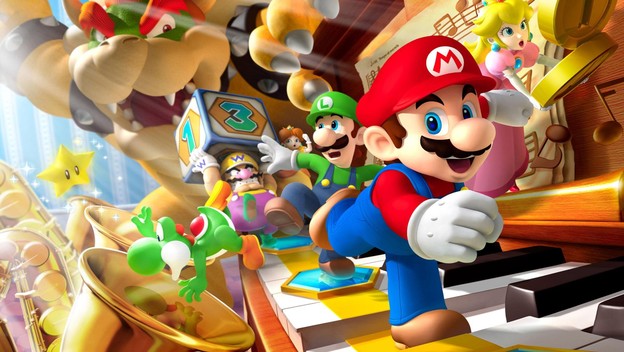
Mario actually went through a lot of different changes before he became the Italian plumber we all know and love. Before Donkey Kong was created, Nintendo was working on a game based on the popular Popeye IP, but before the game was complete, they lost the rights to the property. As a result, their first character, which they dubbed Ossan (Japanese for middle-aged man) looked a lot like Popeye, tall yet scrappy.
Hardware limitations forced that design to change over time, however. He gained a mustache because it was hard to sprite out a mouth, and the definition of his nose was lost without it. He was shrunk to take up less screen real estate and use fewer pixels, and so he also became squat and stocky. He was put in overalls so his arms could be a different color than his torso, allowing for the illusion of movement when the colors overlapped. Finally, he was given a hat because it was difficult to animate hair using very few pixels. Thus, we got the character we know and love today.
His creator, Shigeru Miyamoto, originally wanted to call this character Mr. Video, as a sort of catch-all mascot for Nintendo, but due to his main mechanic being jumping, he was given the title Jumpman instead. Later on, Nintendo decided to name him Mario in honor of Mario Segale, their landlord at the time who let them stick around even though they were routinely late on rent, and his name has been such ever since the game Mario Bros. released. As for his occupation, it was always chosen as a result of the gameplay of the game he was last in. When being developed as Ossan, Mario was just a dude with no occupation, but Jumpman became a carpenter because he was climbing construction sites and Mario became a plumber because he was killing enemies that came out of pipes. The pipe motif stuck throughout Mario’s later titles, and thus the plumber occupation simply stuck.
Sonic was Pajama Man and Feel the Rabbit
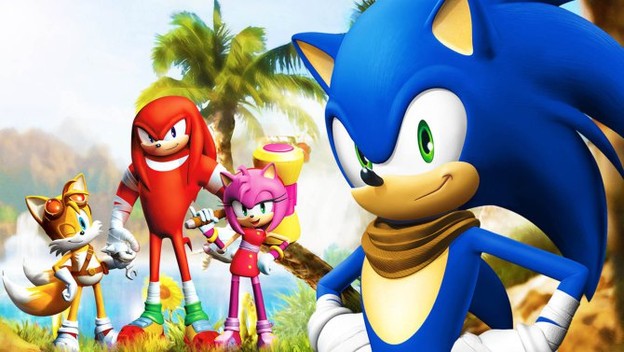
Mario was already a well-established name in the video game world when Sega came along and decided to war with Nintendo. Thus, Sega needed a mascot that could rival the mustachioed plumber. Starting from the same ideas that Nintendo started from, Sega eventually came up with a middle aged man with a mustache with an interesting outfit design. He wore pajamas, carried around a pillow, had glasses, and his mustache was big bushy and red to set him apart from Mario.
Unfortunately, this did not jive with Sega’s leadership who wanted their mascot to be cooler and edgier, well set apart from Mario. Thus, they went back to the drawing board and tried out a number of different anthropomorphic animals. A concept they almost stuck with was Feel the Rabbit, a rabbit that grabbed things with its ears.
But Feel the Rabbit felt too slow and a bit too goofy. His design was tweaked a little bit more, losing the ears, becoming blue instead of gray, and thus we have the Sonic that we know and love today.
Sega is good about using their scrapped concepts, however, and so the old man concept was eventually retooled into Dr. Robotnik and used as a villain for Sonic, and Feel the Rabbit’s mechanics were eventually used for Ristar, while his design was eventually used for Cream the Rabbit.
Kratos was Shaka Zulu
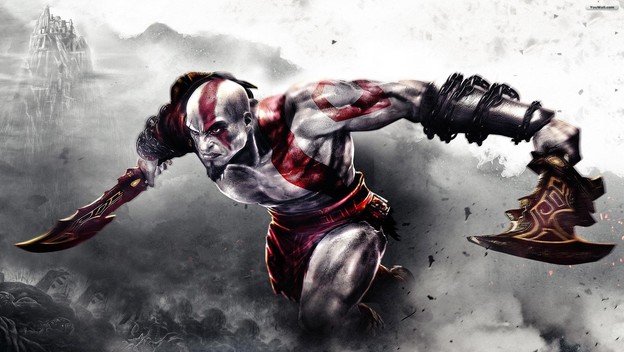
If you check through God of War , you’ll eventually find the Character Graveyard, a place where you can see all the prototypes for Kratos, the God of War. One particular prototype that is interesting, is a drawing that shows Kratos cloaked in the skin of animals. He wears cheetah skin, a loin cloth, fur, feathers, a head dress, and he has hair tied back into dreadlocks. He seems somewhat based off the concept of a Zulu warrior, right down to spear that he holds.
While it’s true that the Zulu were historically great warriors, being able to take on gun-wielding opponents while armed with with spears, hammers, and hide shields thanks to their battle skill, leadership, and tactics, David Jaffe described the design as “not brutal enough, not vicious enough, to be the star of God of War .” They eventually ditched the fur, the ornaments, and the hair for something more, well, Spartan.
In all seriousness, this actually helped flesh out Kratos’s personality. Kratos wasn’t a flamboyant warrior, he was a desperate one. He had nothing left, not even armor on his back. All he had was his strength and his rage, and thus subsequent character designs wore less and less armor until the scarred, white, shirtless Kratos we know and love was born.
Sackboy was Yellowhead
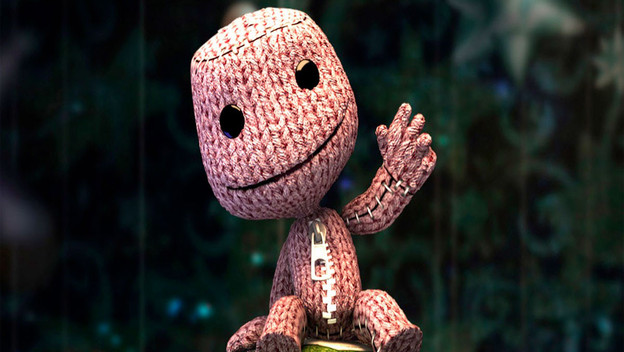
Before LittleBigPlanet was the hit that we know today, it was a tiny proof of concept game called Craftworld . Craftworld was a simple 2D platformer that used polygons as its main gameplay elements. You could place these shapes around the board, pull and push them onto switches, use them as platforms, and more. The thing is, polygons were all they were. The landscape was featureless and kind of boring, as was the game’s simple stick man protagonist called Yellowhead.
Unfortunately, there is no interesting story behind the evolution of Yellowhead into Sackboy. No heroes repurposed into villains. No cultures being swapped in and out. No hardware limitations causing changes of appearance and occupation. Rather, the prototype was a hit, and was eventually just retooled into the game we know and love. The featureless environments were painted over with an arts and crafts theme, while Yellowhead and his expressionless yellow face was turned into Sackboy, a character whose expressions pretty much define him. When you think about it, that says a lot about the LBP franchise. Underneath everything it’s just a featureless physics model of lines and shapes, and it’s the aesthetics that have warmed our hearts to Sackboy and his adventures ever since.
Croc was Yoshi
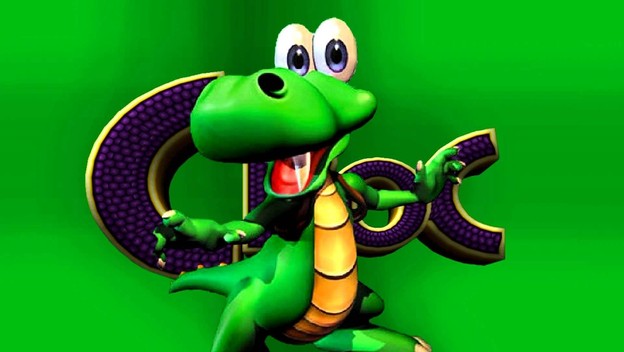
And this is probably the most interesting secret origin we have to tell, because it kind of goes in reverse. Usually, an unknown or obscure character fades out of existence to create a gaming icon, but in this case, a gaming icon created an obscure character that very few know about, and that character is Croc.
The idea was simple. Argonaut software wanted to help Nintendo leap into the 3D world by building a 3D game starring Yoshi. The game would let Yoshi wander through stages collecting items and solving simple platforming puzzles. It was like Super Mario 64 before Super Mario 64 ever came out. Great idea, right?
Nintendo said no.
It’s unclear why Nintendo rejected the game idea, but rumor has it, it’s because Nintendo was very protective of their IP and was worried that a third party developer would ruin their franchises. This took place after the release of the notoriously bad Nintendo CD-i games, so, it makes a lot of sense that Nintendo would want to keep their properties closely controlled.
Nevertheless, Argonaut still wanted to make their game, so they cut ties with Nintendo, and instead decided to slightly tweak the Yoshi design they had into an original character. The resulting character was Croc, who starred in Croc: Legend of the Gobbos.
If you don’t remember Croc, I wouldn’t blame you. Croc’s adventure never really picked up. It was an early platformer for the PS1, Saturn, and PC, and obviously had all the problems inherent with being an early adopter of new technology. It paled in comparison to Super Mario 64. But for the record, Miyamoto eventually apologized to Argonaut for not doing the Yoshi game, and said that 3D platforming was a very good idea. Nintendo has been making 3D platformers ever since.
